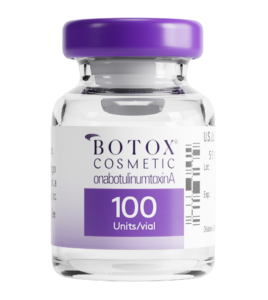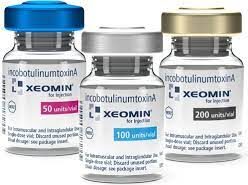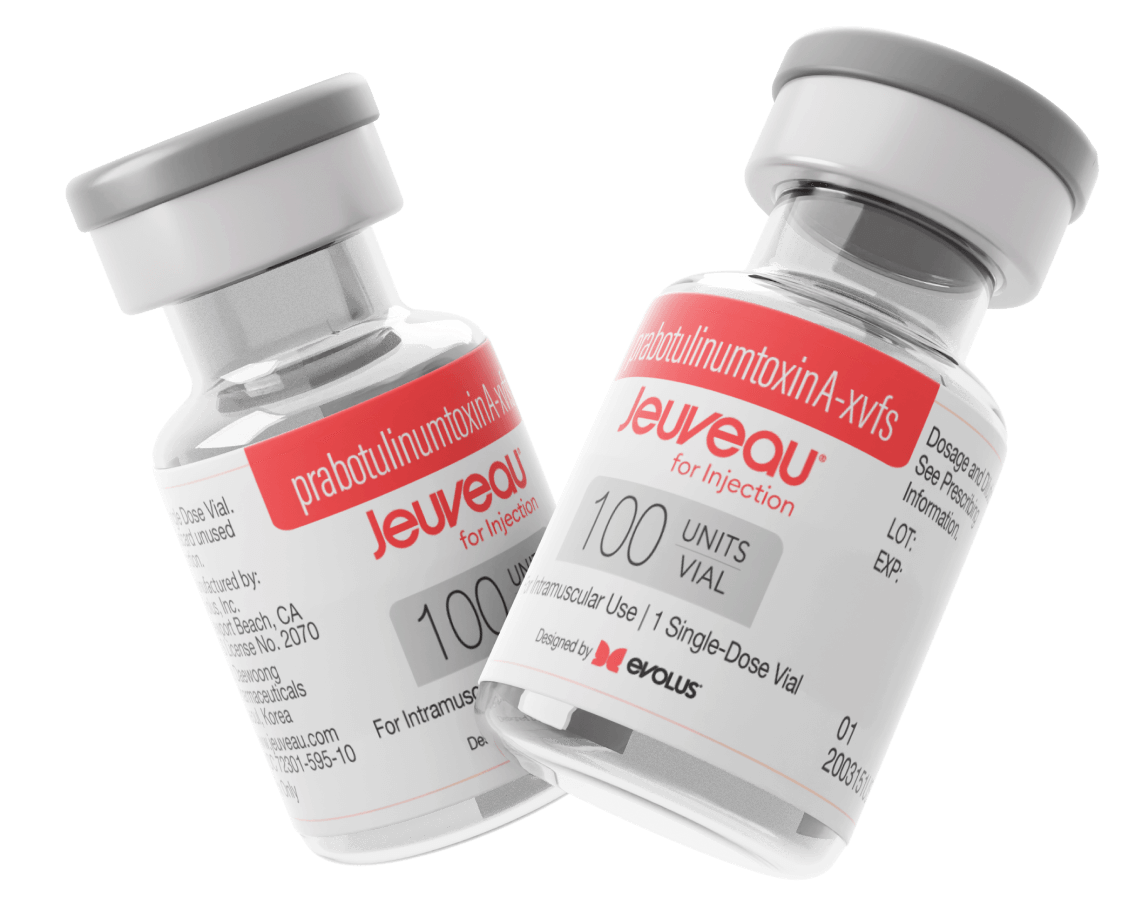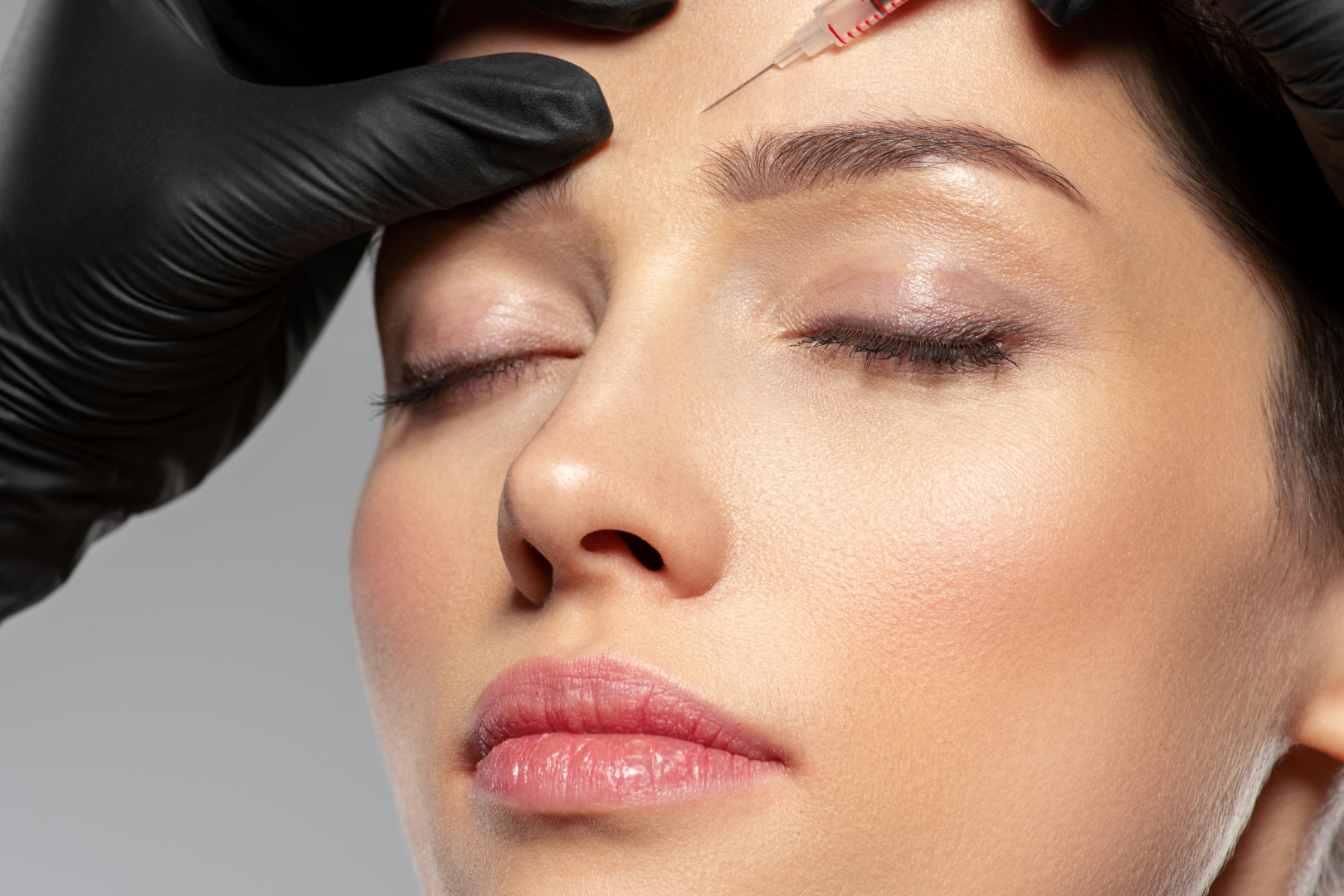Dysport or Botox Which is Better?
When it comes to considering neuromodulators for cosmetic treatments, two of the most popular options are Botox and Dysport. Neuromodulators like these are used to reduce the appearance of fine lines and wrinkles by temporarily blocking nerve signals to muscles, preventing contractions.
There are several types of neuromodulators available, each with its own formulation and effects. In cosmetic medicine, practitioners typically achieve neuromodulation using botulinum toxins. Of the seven types of botulinum toxins (A through G), only types A and B are currently used in medical treatments (Bach & Simman, 2022). In this article, we’ll explore the question of “Dysport or Botox which is better?” as we examine the differences between these popular options and help you determine which may be the right choice for you.
Examining the Differences: Botox vs Dysport, Xeomin, Jeuveau, and Daxxify
There are several differences between the formulations of botulinum toxin medications, with one notable distinction being that Botox, Dysport, Xeomin and Jeuveau are BoTN-A formulations, while Myobloc is a BoTN-B formulation. As mentioned earlier, BoTN-A and BoTN-B block the release of acetylcholine to prevent muscle contraction but do so through different methods, with BoTN-A targeting SNAP-25 proteins and BoTN-B targeting VAMP proteins. This raises the question of Dysport or Botox, which is better for your needs?
Botox, Dysport, Xeomin, and Jeuveau are currently sold as powder compounds that must be reconstituted (mixed with saline to form a liquid) before injection. In contrast, Myobloc comes as a ready-to-use solution (Choudhury et al., 2021). While this could appear advantageous for Myobloc due to the potential risk of error with reconstitution, the reconstitution portion of treatment is a fundamental aspect of the procedure; any concerns about this step should warrant further consideration of the provider’s experience or necessary oversight. Practitioners rarely use Myobloc for cosmetic purposes, so we will not be examining it in detail in this post.
Below, we’ll explore the differences between BoTN-A products in greater depth.
Botox (onabotulinumtoxinA)
Botox was the first cosmetic BoTN product to market. Vials come in volumes of 50 or 100 units. The onset of action (how long it takes to start showing an effect) is usually 3 to 5 days but can be up to 2 weeks. The effects usually last 3 to 6 months, with a usual duration of 3 to 4 months. It is typically the most expensive when compared to other brands.
Botox Cosmetic

Dysport (abobotulinumtoxinA)
Dysport was the second cosmetic BoTN medication and comes in vials of 300 to 500 units. It is generally the least expensive but requires more units than Botox. The effects of Dysport begin within 24 hours (though it still takes time for peak effect) and last 3 to 6 months, with a typical duration of 4 months (Bach & Simman, 2022; Salame et al., 2023). Dysport contains more active ingredients than Botox and Xeomin (Shtefan et al., 2022).
Dysport

Xeomin (incobotulinumtoxinA)
Xeomin is available in 100-unit vials and begins to take effect in 5 to 7 days. Effects also last 3 to 6 months (Bach & Simman, 2022). The main difference in Xeomin’s formulation is that it lacks the neurotoxin-associated proteins found in other products. These associated proteins are non-active in the other brand’s formulations, yet they could make the development of antibodies more likely. As a result, this occurrence could render treatment less effective (Park et al., 2020). We will explain this in further detail later in the “risks and side effects” portion of our guide to Neuromodulators. Additionally, another of Xeomin’s benefits is that it can be stored safely at room temperature (Salame et al., 2023).
Xeomin

Jeuveau (prabotulinumtoxinA-xvfs)
Jeuveau is a newer form of BoTN-A product that has shown similar efficacy to Botox but at a lower cost (Hanna & Pon, 2020). It is available in 100 unit vials (Evolus, 2023).
Jeuveau

Daxxify (daxibotulinumtoxin-A-Ianm)
Similarlly, Daxxify is an even more recent formulation that received FDA approval in 2023. It was anticipated to be a longer-lasting product. Its unique protein was believed to bind more tightly and for a longer duration to the nerve terminal, potentially extending the treatment’s effects to 6 months and minimizing the spread of the effect (Solish et al., 2021). Like Xeomin, it can also be stored at room temperature and comes in 100-unit vials (Salame et al., 2023). However, we and our colleagues are skeptical about the promised duration and have not found this to be the case in practice. Since the product is so new, research is still scarce.
Daxxify

Neuromodulator/Neurotoxin Treatments at Allure Aesthetics

At Allure Aesthetics, located near Philadelphia in King of Prussia, we specialize in advanced neuromodulator treatments, including Botox, Dysport, and Xeomin. While we offer a range of options, Dysport is our top recommendation due to its proven results, longer-lasting effects, and natural look.
Whether you’re aiming to smooth fine lines or enhance your confidence, our personalized treatments can help you achieve your aesthetic goals. For more information or to schedule your appointment, please email us at info@allureaestheticsllc.com or book directly through our booking portal.
You can also read more about neuromodulators in our ultimate guide, found here.
Reference
Bach, K., & Simman, R. (2022). The multispecialty toxin: A literature review of botulinum toxin. Plastic and Reconstructive Surgery – Global Open, 10(4). https://doi.org/10.1097/GOX.0000000000004228
Choudhury, S., Baker, M. R., Chatterjee, S., & Kumar, H. (2021). Botulinum toxin: An update on pharmacology and newer products in development. Toxins, 13(1). https://doi.org/10.3390/toxins13010058
Evolus. (2023). Jeuveau. Prescribing information. https://image.newsletter.evolus.com/lib/fe3511737164047c751277/m/1/7a8b57cf-e5b3-4e8f-99ab-6f9ab170cbe5.pdf
Hanna, E., & Pon, K. (2020). Updates on botulinum neurotoxins in dermatology. American Journal of Clinical Dermatology, 21(2), 157–162. https://doi.org/10.1007/s40257-019-00482-2
Park, J.-Y., Sunga, O., Wanitphakdeedecha, R., & Frevert, J. (2020). Neurotoxin impurities: A review of threats to efficacy. Plastic and Reconstructive Surgery – Global Open, 8(1). https://doi.org/10.1097/GOX.0000000000002627
Salame, N., Cox, S. E., & Dover, J. S. (2024). Daxxify: Recommendations for treatment: How and when to change a patient from one neurotoxin to another. Advances in Cosmetic Surgery, 7(1), 9–23. https://doi.org/10.1016/j.yacs.2023.12.001
Shtefan, V., Fletcher, J., & Duclos, O. A. (2022). Causes of botulinum toxin treatment failure. Clinical, Cosmetic and Investigational Dermatology, 15, 1045–1049. https://doi.org/10.2147/CCID.S363321






